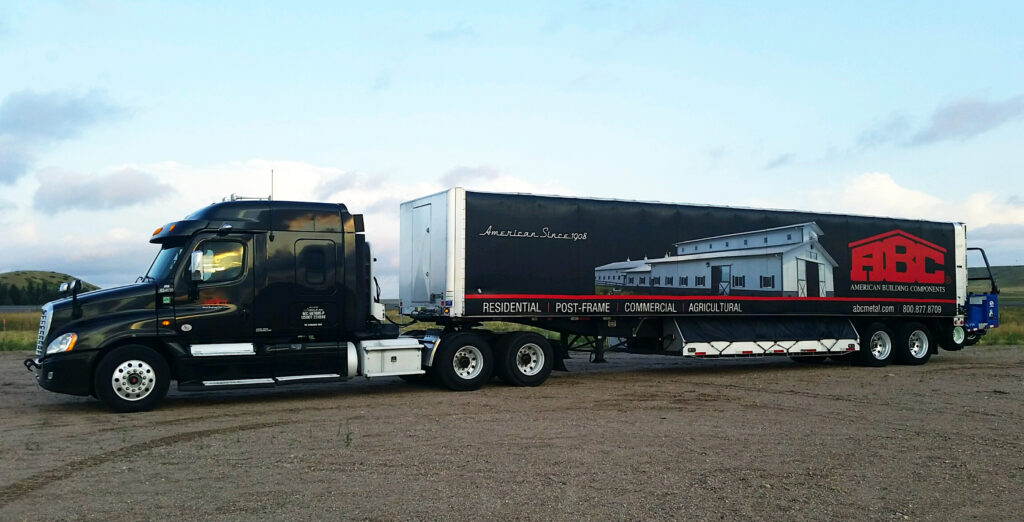In Part 1 of this series, the success of a metal roof or wall project can rest heavily on the installer’s ability to recognize issues. When that happens, calling the manufacturer is not just suggested, but imperative to ensure any potential problem is averted before it’s too late. In addition to issues like damage to the physical panel or problems with the fasteners discussed previously, let’s take a closer look at a few other common circumstances under which ABC recommends reaching out to the manufacturer:
Alignment and Substrate Issues
The installer is responsible for verifying the condition of the substrate and checking for proper alignment before attaching any sheeting materials. If the installer notices any issues like this (either before installation or once they begin laying panels), they should stop and address them immediately. This might include oil canning or other irregularities in panel appearance. The installer should investigate the source, and—if unable to identify and properly remedy the situation on their own—they should call to the manufacturer’s support team. They may be able to suggest ways to identify source of the problem—whether it be installation or manufacturing—and from there, make suggestions on how to best address the situation.
Accessories
Adding penetrative accessories such as snow guards or mechanical curbs to a roof or installing doors, windows or louvers to walls can impact the system, its weather-tightness and appearance. Oftentimes, accessory installers with little or no knowledge of metal sheeting systems come onto the job to perform accessory installation. In these cases, it’s wise to visit with manufacturer prior to installation of these accessories and to alert the non-metal panel installer of precautions the manufacturer suggests be taken.
The image at left represent several installation issues that could have been avoided by calling the metal manufacturer prior to installation. The piping used is not compatible with metal roofing and was not installed in such a way to prevent issues with roof performance, including leaking and water damage.
Manufacturer recommendations can vary based on the panel type and building slope, as well as on the accessory and fastener type, and installation location.
Another factor to consider when adding accessories to your metal building is that some material types can react negatively with the installed metal system and lead to damage as well as void manufacturers warranties. Since accessories can be make of many different types of material, any potential accessories should always be researched prior to installation to ensure the material type is compatible with your metal roof and/or wall system.
Panel Engagement
Panel systems are designed and engineered to attach and engage one another to ensure optimal performance. These specification are outlined in the manufacturer’s installation manuals and project drawings. If at any point the panel does not engage as depicted in the details, installation should be halted and reviewed to determine the cause. This can require a call to the manufacturer to help determine if the matter is site- and/or substrate-related or if it’s a manufacturing issue requiring replacement material.
Panel engagement issues that warrant ceasing installation and making a call to the manufacturer include:
- laps are not nesting properly
- clips are not engaging as they should
- panel modularity can’t be controlled
- panels aren’t “resting” on the substrate—causing excessive bowing and stress
Once the material is completely installed, it is much more difficult to determine the cause of a problem and is potentially more expensive to remedy. Additionally, in many cases, full installation constitutes acceptance of the product and the manufacturer’s hands could be tied or extremely limited in being able to assist in remedying after the fact.
By knowing when to be proactive with a call to the manufacturer, installers can mitigate many types of potential pitfalls. And if you’re just not sure, it’s best to call.
For more information on metal roof and wall products, visit us online or reach out to your local representative today!





